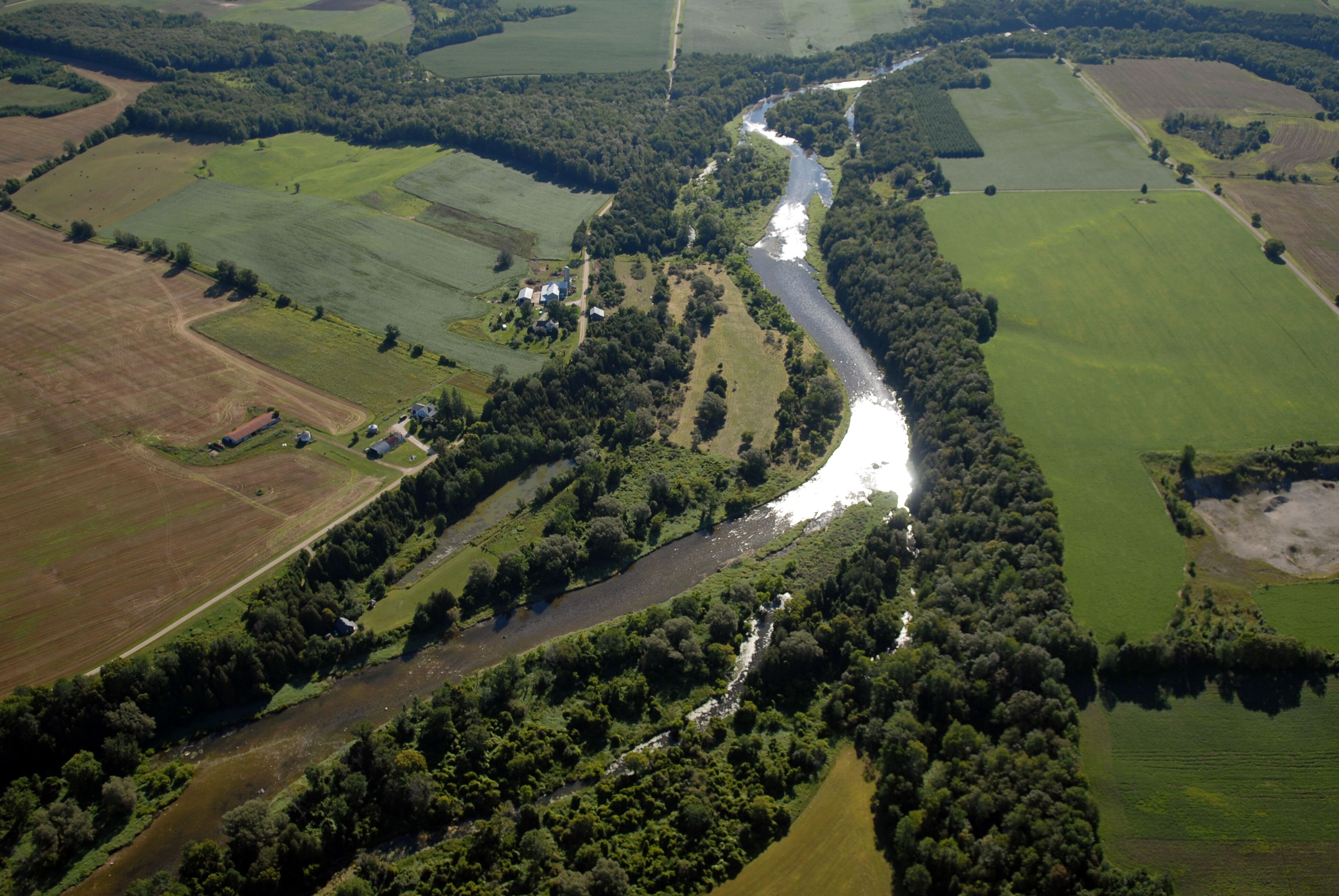What is a Watershed?
A watershed is an area of land that catches rain and snow and drains or seeps into a marsh, stream, river, lake or groundwater. Homes, farms, cottages, forests, small towns, big cities and more can make up watersheds. Some cross municipal, provincial and even international borders. Watersheds come in all shapes and sizes and can vary from millions of acres, like the land that drains into the Great lakes, to a few acres that drain into a pond. Click here to see where your Conservation Authority fits into the large Great Lakes Basin watershed.
Benefits of a Healthy Watershed
Conservation Authorities deliver practical, cost effective programs that ensure healthy ecosystems which enable them to generate and maintain valuable goods and services, often preventing the need for costly technological solutions to environmental problems.
Human Health
A healthy watershed provides safe drinking water, food, enables us to adapt to the impacts of climate change more easily by cooling the air and absorbing greenhouse gas emissions, and provides natural areas for people to enjoy and maintain a healthy and active lifestyle.
Ecological Health
A healthy watershed conserves water, promotes streamflow, supports sustainable streams, rivers, lakes, and groundwater sources, enables healthy soil for crops and livestock, and provides habitat for wildlife and plants.
Economic Health
A healthy watershed produces energy and supplies water for agriculture, industry and households. Forests and wetlands help to prevent or reduce costly climate change and flooding impacts, manages drought, contributes to tourism, fisheries, forestry, agriculture and other industries.
